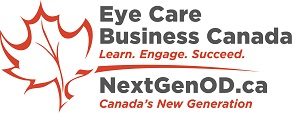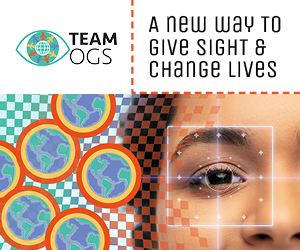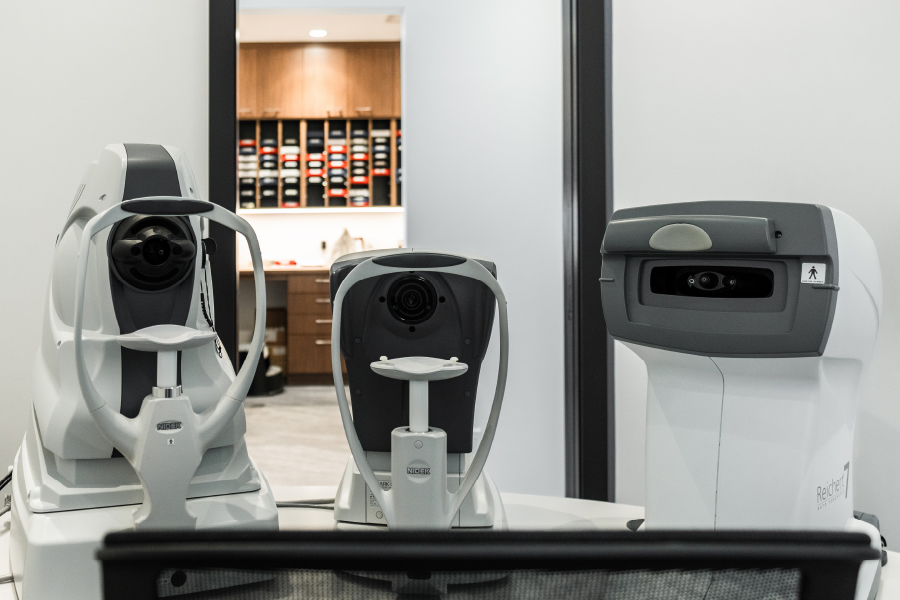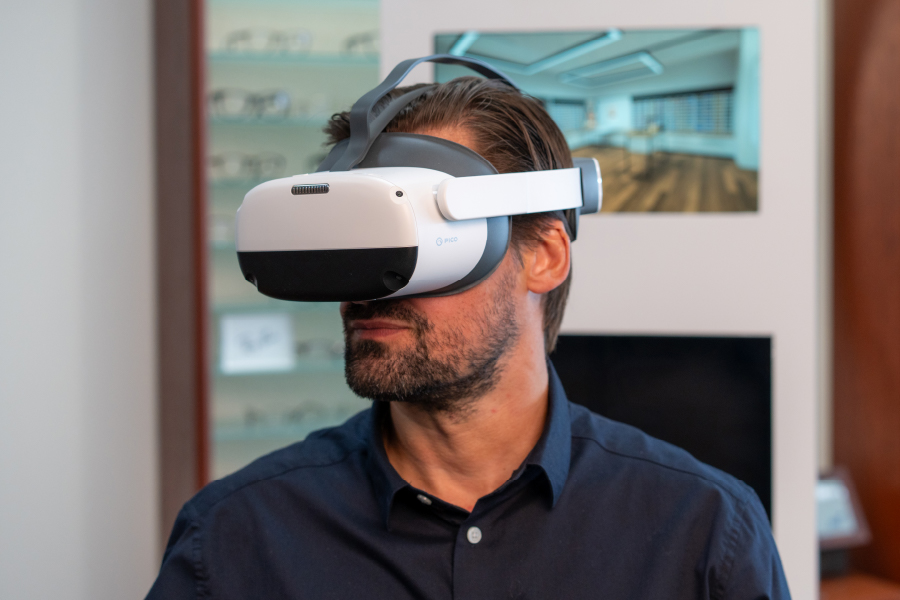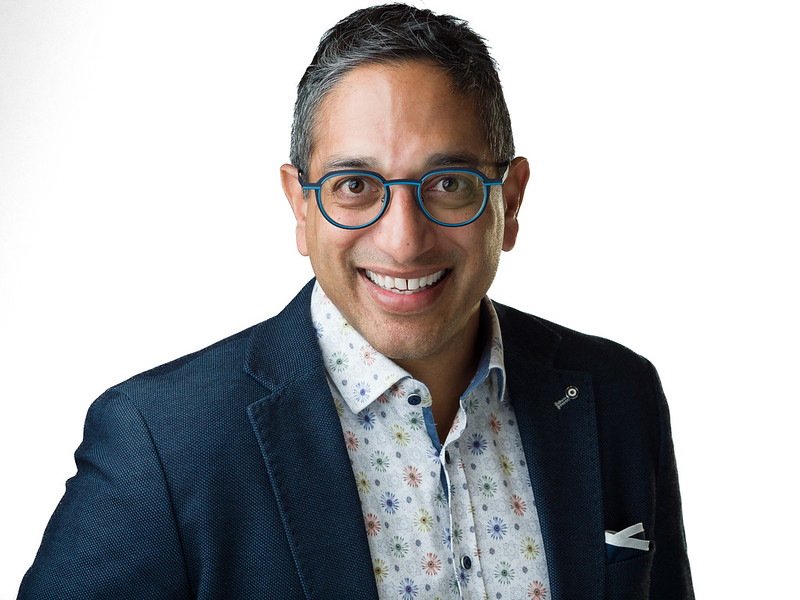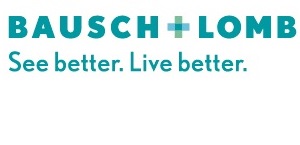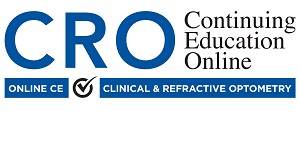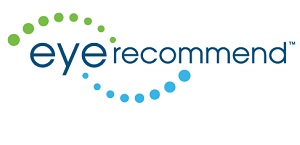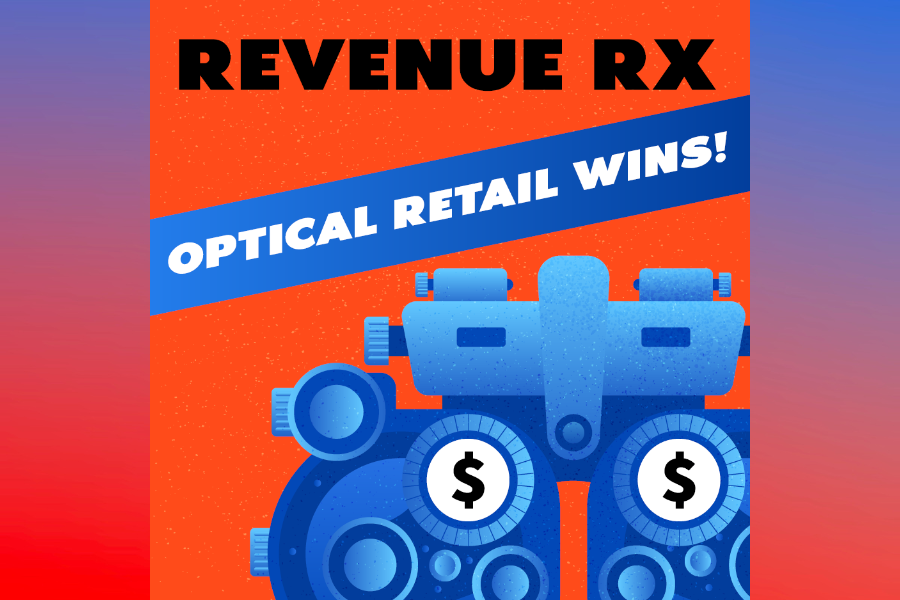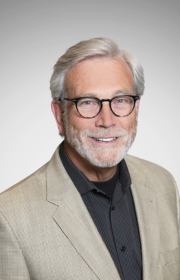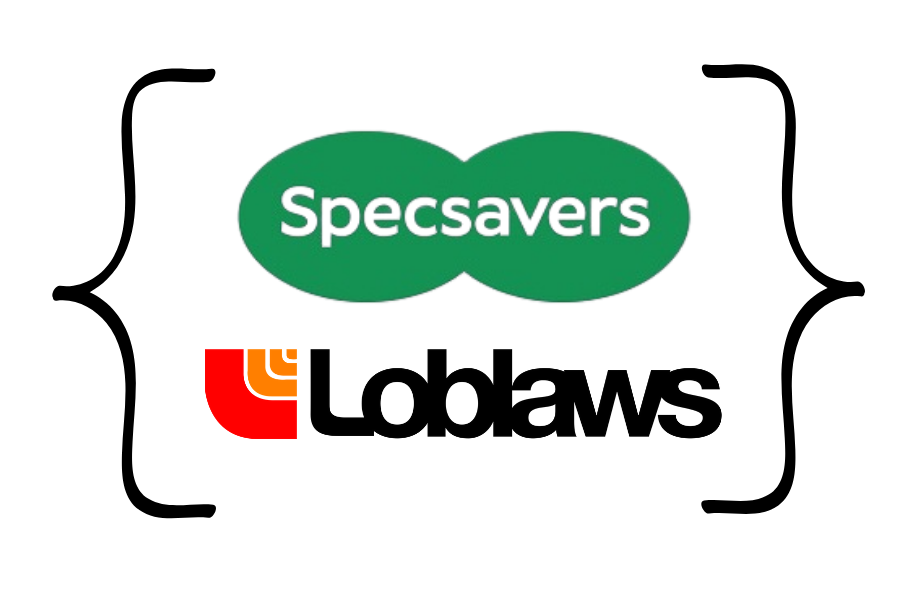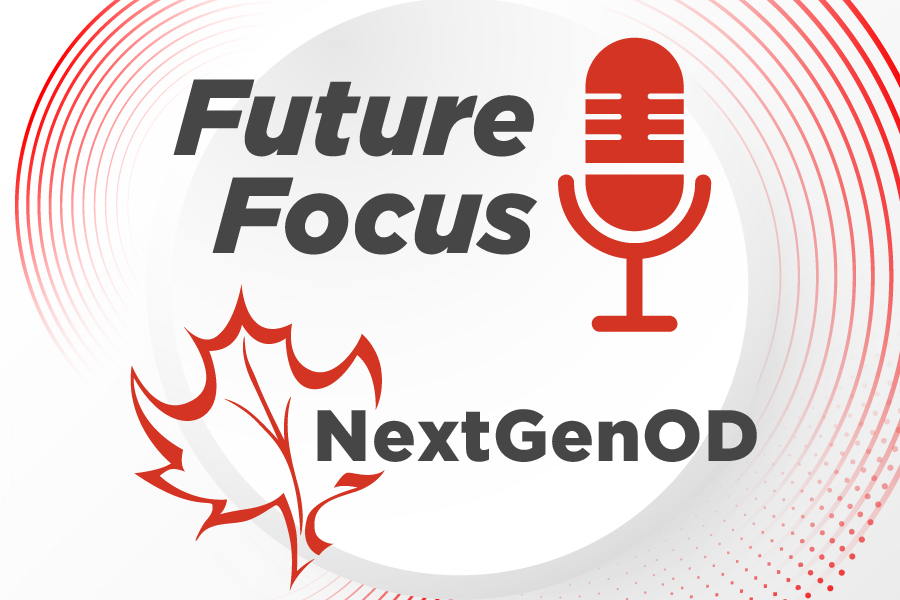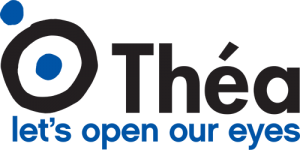
THE KITCHEN AND BATHROOM CONSPIRACY.
Real estate agents often tell us to upgrade our kitchens and bathrooms–along with other advice such as decluttering–before we put a house on the market for sale. I totally agree with decluttering, and I also agree with a minor improvement in aesthetics.
But I do not agree with investing tens of thousands into kitchens and bathrooms. There are several reasons why.
The first is that you will live through 3 to 6 months of renovation just before selling your home – and that is not fun. It’s exceedingly difficult to clean and declutter when contractors are adding clutter and dust every day.
You will not enjoy the new kitchen and bathroom for long, as you are moving to a new property. The cost of dining out—or ordering in—while the kitchen is being renovated is expensive. Budget $100 to $150 per day.
I have tried using the kitchen during a renovation. The microwave was on a scaffold, the fridge was in the hallway, the kettle was in the laundry room, and the dishes were in the bathroom we weren’t renovating.
I do not want to do that again–particularly as I get older. Who wants to live through the mess?
Should I upgrade my equipment?
Let’s talk about your practice. You might be told that adding or upgrading equipment and technology prior to sale will make your practice more attractive to the buyer.
Ask them: “What is the evidence that I’ll make a profit over and above what I invest?” Whatever the answer, I disagree–and here’s why.
You won’t have much time to enjoy the new technology. Your staff will not have enough time to adapt and make it profitable and therefore, it does not have a good return on investment (ROI) if you are going to own it and use it for one year or less.
The cost of the equipment is another factor altogether–plus any warranties, maintenance, and training cycles, all of which you must pay.
Direct and indirect costs (disruption) must be considered. What about the value of the equipment you already have that is going to be replaced? Should you just donate it or send it to the scrapyard?
I can tell you, we achieve incredible resale prices for superior-quality, well-maintained equipment that is sometimes 20 or more years old.
Baby boomers—say it with me: “They don’t make them like they used to!” Buyers like cool, shiny gadgets–I get that. But they do not like to pay for them at the pilot stages of their career, even though that is what some brokers want to tell you.
Buyer Beware (of the Seller)!
The equipment and diagnostic industry is in the business of selling products. If you are a loyal client of theirs and you tell them that you are thinking of selling, they know that there is a good chance that the new owner may choose another supplier.
This might be your rep’s last crack at getting some equipment sold into your practice. I am not accusing anyone of pressuring you or using suspect tactics. Dealers are trying to sell you products and services every day of the week anyway.
So, there is really nothing new here. It is just that when they say that adding this gadgetry and shiny, fancy equipment prior to sale will generate a profit, I do not think it will. In fact, I think it will cost you money in the short term to implement the new equipment and technology.
And I do not think buyers are going to pay you more for the equipment than you paid for it one year earlier because, why would they do that, it is now used equipment?
The value of your practice may go up by the value of the equipment you bought, less what you disposed of, and less depreciation (20% in year one).
Factor in a loss of profit or productivity because of the disruption, so it might lower your goodwill.
Conclusion
I do not see any profit in a last-minute upgrade. Do not buy into the line that you need to put in a new kitchen or bathroom just before selling your home.
The Realtor makes more money, and you don’t!
Are you seeking to understand the value of your practice?
Contact Jackie Joachim
Jackie has personally been involved in approximately 10,000 appraisals since joining ROI Corporation. She has had the privilege of appraising optometric, chiropractic, dental, and veterinary practices throughout Canada. Jackie understands how a practice works and the unique needs of healthcare professionals. Her personal goal for practitioners is to see them be strong business people who are able to take pride in their profession and reap the benefits of their hard work. Please contact her at Jackie.joachim@roicorp.com or call 1-844-764-2020.
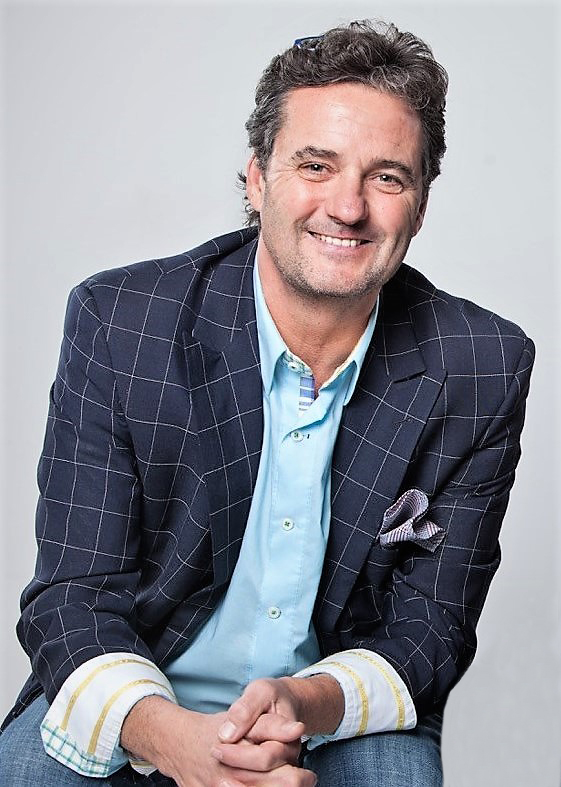
Timothy A. Brown
Timothy A. Brown is the CEO and Broker of Record for ROI Corporation and has served the professions since 1979. His broad experience in clinical practice systems includes: appraisal, brokerage, leasing, and practice management. While Timothy’s domain expertise is largely from the dental world, as head of ROI Corporation, his experience has applicability across other health practice disciplines including Optometry and Opticianry.
Timothy is a Registered & Licensed Ontario Real Estate and Business Broker (Principal). He also voluntarily completed the Ethics and Business Practice course from the Real Estate Institute of Canada. He clearly understands dentists and has his finger firmly on the pulse of the dental practice marketplace in Canada.
He can be reached at timothy@roicorp.com or 416.520.7420.
